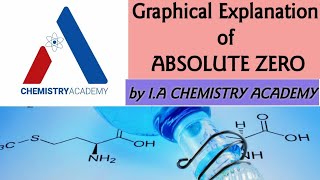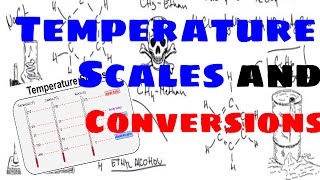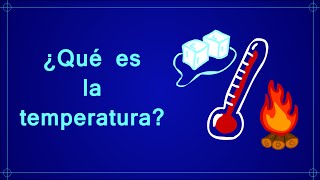Wednesday, 24 December, 2025г.
















Где искать: по сайтам Запорожской области, статьи, видео ролики
пример: покупка автомобиля в Запорожье
Understanding the concept of ignition temperature
The autoignition temperature or kindling point of a substance is the lowest temperature at which it will spontaneously ignite in a normal atmosphere without an external source of ignition, such as a flame or spark. This temperature is required to supply the activation energy needed for combustion. The temperature at which a chemical will ignite decreases as the pressure or oxygen concentration increases. It is usually applied to a combustible fuel mixture.
Autoignition temperatures of liquid chemicals are typically measured using a 500 mL flask placed in a temperature controlled oven in accordance with the procedure described in ASTM E659.[1]
When measured for plastics, autoignition temperature can also be measured under elevated pressure and at 100% oxygen concentration. The resulting value is used as a predictor of viability for high-oxygen service. The main testing standard for this is ASTM G72.[2]Temperatures vary widely in the literature and should only be used as estimates. Factors which may cause variation include partial pressure of oxygen, altitude, humidity, and amount of time required for ignition. Generally the auto-ignition temperature for hydrocarbon/air mixtures decreases with increasing molecular weight and increasing chain length. The auto-ignition temperature is also higher for branched-chain hydrocarbons than for straight-chain hydrocarbons.[4]
Теги:
Concept (Quotation Subject) Temperature (Dimension) Precalculus (Field Of Study) Experiment lab labs chemistry physics biology botony zoology theory explanation let us do school college p hd degree B Ed Med
Похожие видео
Мой аккаунт


 У вашего броузера проблема в совместимости с HTML5
У вашего броузера проблема в совместимости с HTML5


